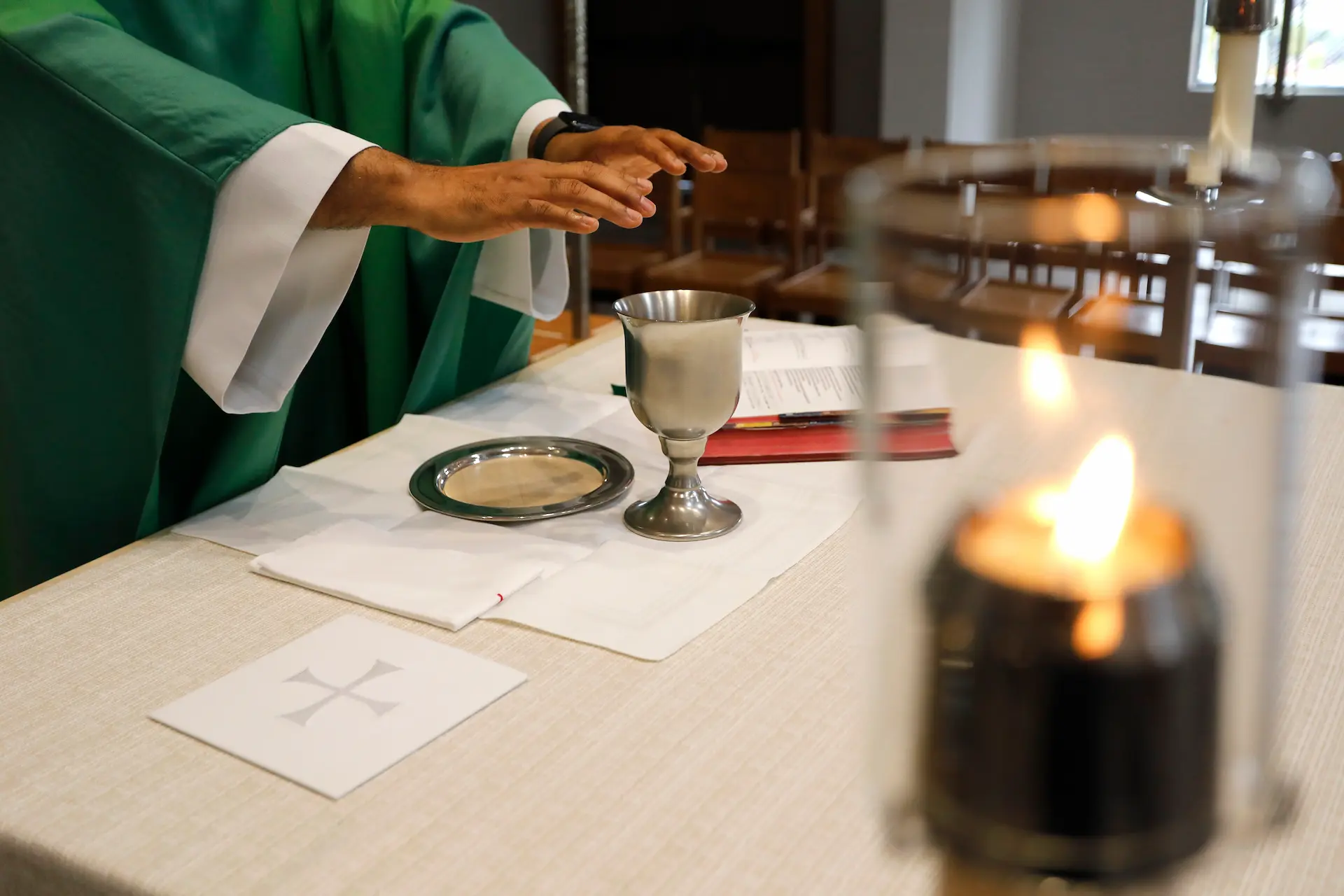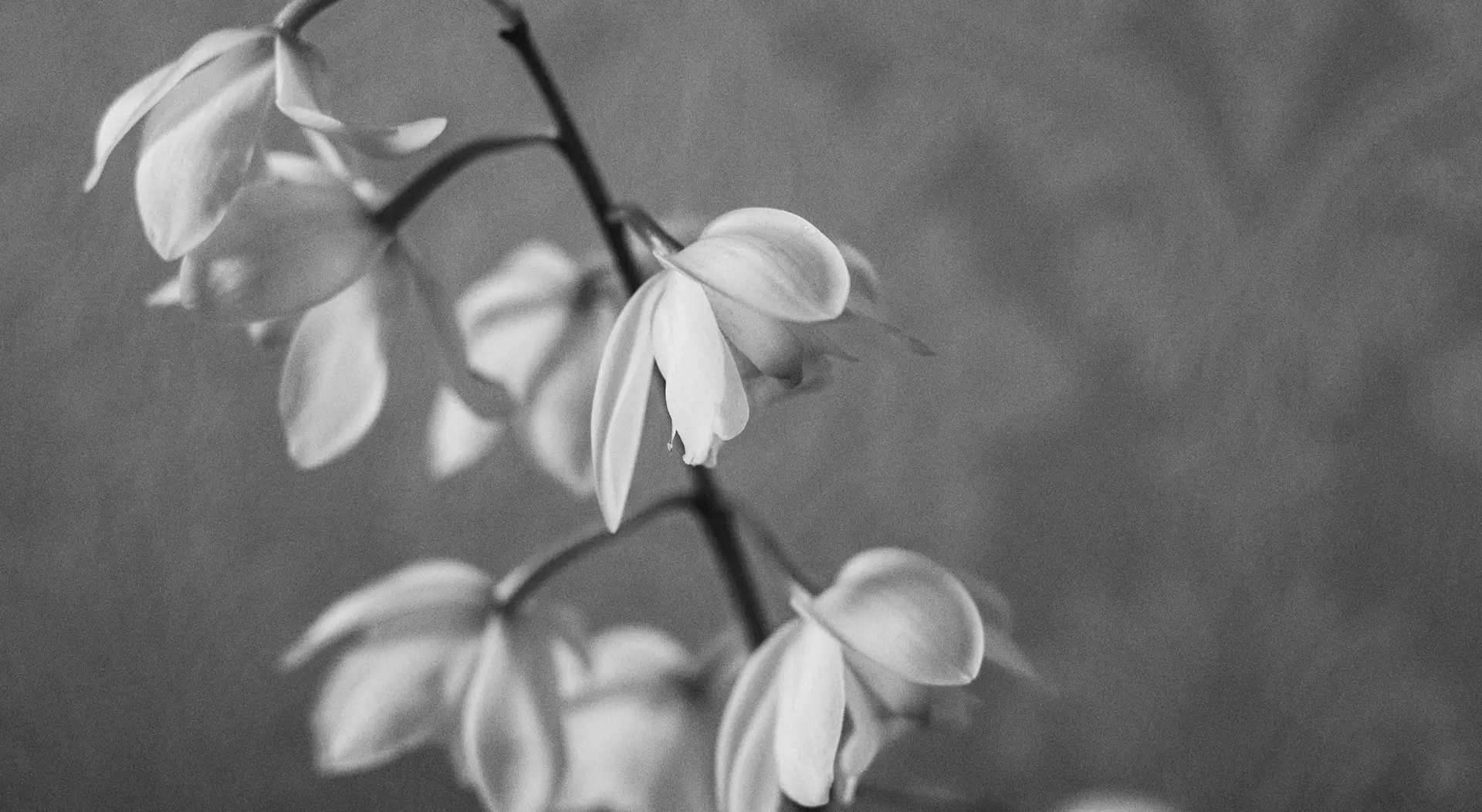
Misa de Concientización sobre la Violencia Doméstica
Holy Trinity Catholic Church 405 Ballard Street, El Cajon, CA, United StatesLa Iglesia de la Santísima Trinidad (Calle Ballard 405, El Cajón, CA 92019) y la Oficina de Vida y Espiritualidad Familiar invitan a la comunidad a unirse a la Misa de Concientización sobre la Violencia Doméstica de este año, el sábado 20 de septiembre a las 7:00 p. m. Juntos, oraremos por las familias afectadas […]

